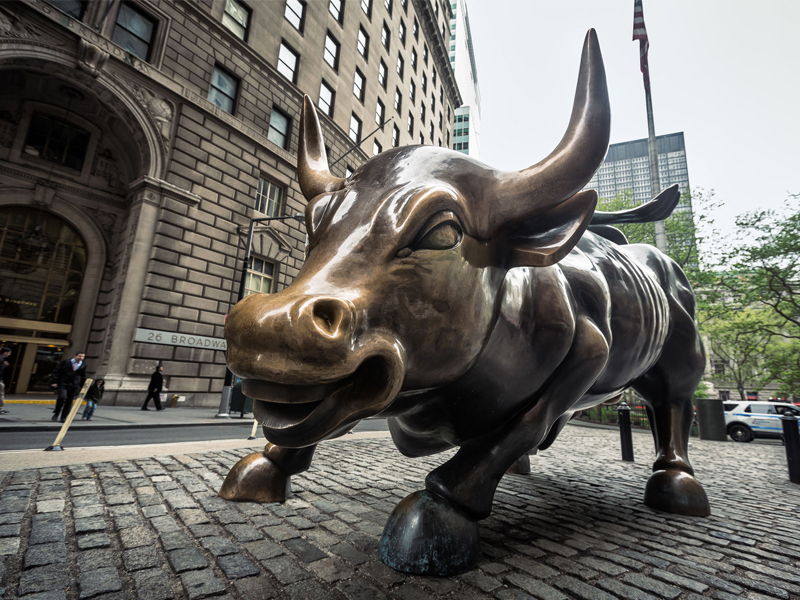
The U.S. stock market’s near decade-long climb upward since the depths of the Great Recession turns nine years old Friday. On March 9, 2009, the S&P 500 composite index hit a cycle low of 676.53 and has more than quadrupled since then.
The stock market has had several corrections since March 9, 2009, which is when an index falls by 10% or more from a recent high, most recently in February. However, the stock market has not fallen by 20% or more from a recent high, which is when a bull market becomes a “bear” market. The S&P 500 would have to fall roughly 600 points from its current level to enter a bear market.
If the current bull market lasts until Aug. 21, it will be the longest bull market since the Second World War, exceeding the bull market that started in October 1990 and lasted until March 2000. During that time the S&P 500 rose by more than 400%. The third-longest bull market came in the post-Second World War boom years, between 1949 and 1956.
Although there are several risks to this current bull market, including the possibility of higher inflation and a trade war caused by U.S. President Donald Trump’s tariffs on aluminum and steel, most investors believe the current market isn’t at risk of falling into a bear market any time soon. Companies are benefiting from the recent tax law passed by Congress and the overall U.S. economy is growing and unemployment is at record lows.